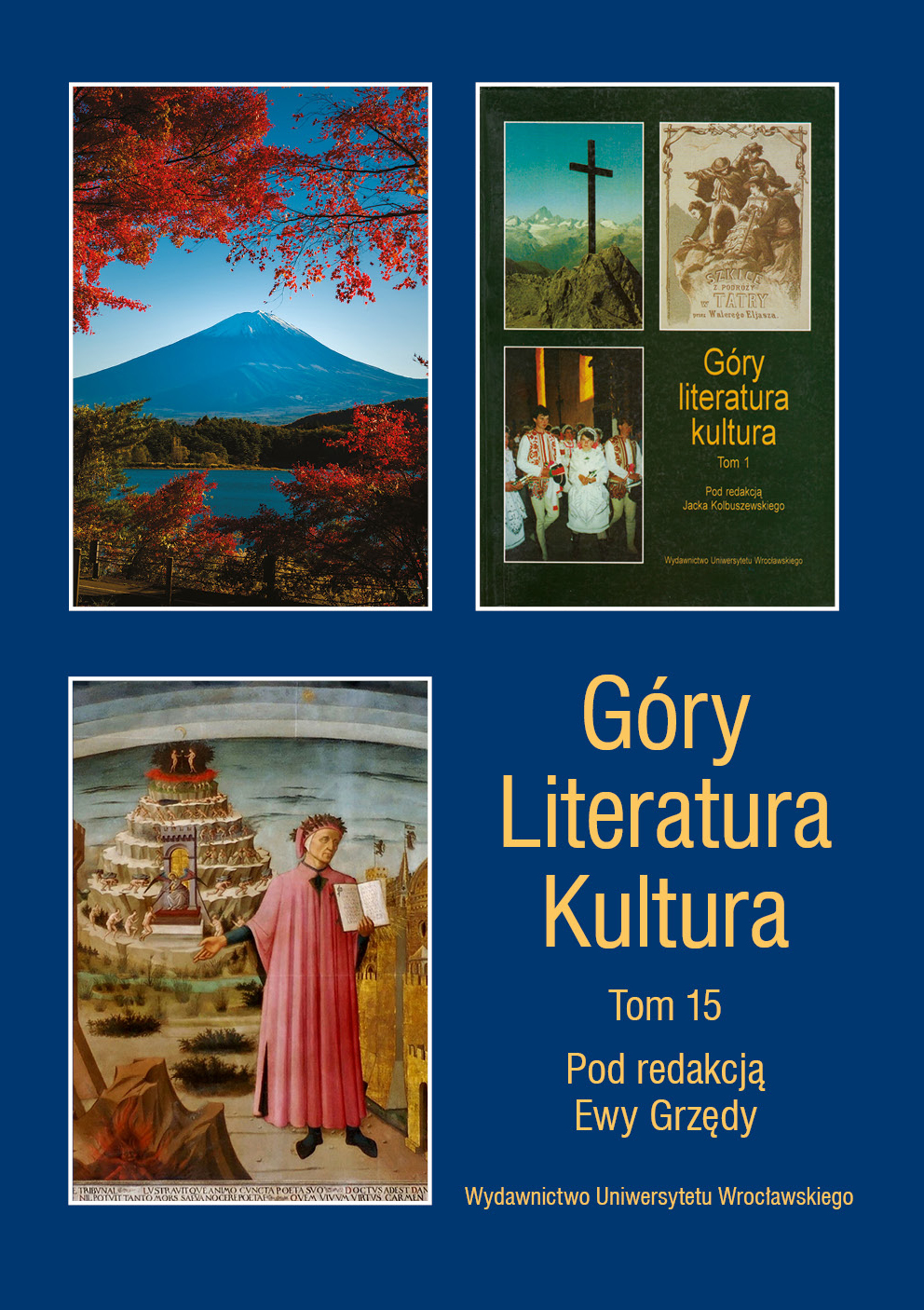Der Scheitel der Welt. Aline Valangin und das Onsernonetal
The top of the world: Aline Valangin and Onserone Valley
Author(s): Monika Mańczyk-KrygielSubject(s): Language and Literature Studies, Theory of Literature
Published by: Wydawnictwo Uniwersytetu Wrocławskiego
Keywords: Onsernone; geopoetics; border; alterity
Summary/Abstract: These considerations are devoted to literary pictures of the Onsernone Valley located on the Italian-Swiss border. It was here in the 1930s and 1940s that the Swiss writer Aline Valangin (1889– 1986) created an extraordinary oasis of freedom and peace in her estate in Comologno. She hosted famous figures such as Kurt Tucholsky, Elias Canetti, Ignazio Silone, or Wladimir Vogel, and provided shelter to many politically persecuted artists. The subject of detailed reflection is the question of the perception, experience and acquisition of the Ticino mountains both in works by Valangin and in biographical works about her; with a particular focus on narrative perspective — from the outside and the inside. Eveline Hasler in biographical novel Aline und die Erfindung der Liebe (2000) attempts to (re)construct an image of the Onsernone Valley as a specific “valley of poets”, presenting a subtle analysis of the interaction between the conservative inhabitants of the valley, attached to tradition, and the extravagant artists who found asylum and inspiration in the Ticino Alps. This novel is an example of a modern biography, which is characterized by narrative polyphony; the description of space becomes an important carrier of meanings and collective memory in the author’s concept.Aline Valangin sketches in her novels (Die Bargada, 1943 / Dorf an der Grenze, 1982) and short stories (Tessiner Erzählungen, 2018) an image of Onserone indigenous people’s everyday life in the thirties and forties, full of worries. Her stories include outsiders, misfits, social outcasts, guerrillas, smugglers, and exiles — and they all find haven in the Valley. Valangin’s works are also an important voice in the discussion of the essence of Swiss patriotism not only through strong criticism of Swiss immigration policy during World War II, but also by reflecting on the concept of the border as a place that unexpectedly proves to be a challenge and a particular kind of self-experience in the face of events that are tearing up the current existence.
Journal: Góry-Literatura-Kultura
- Issue Year: 15/2021
- Issue No: 1
- Page Range: 77-89
- Page Count: 13
- Language: German

